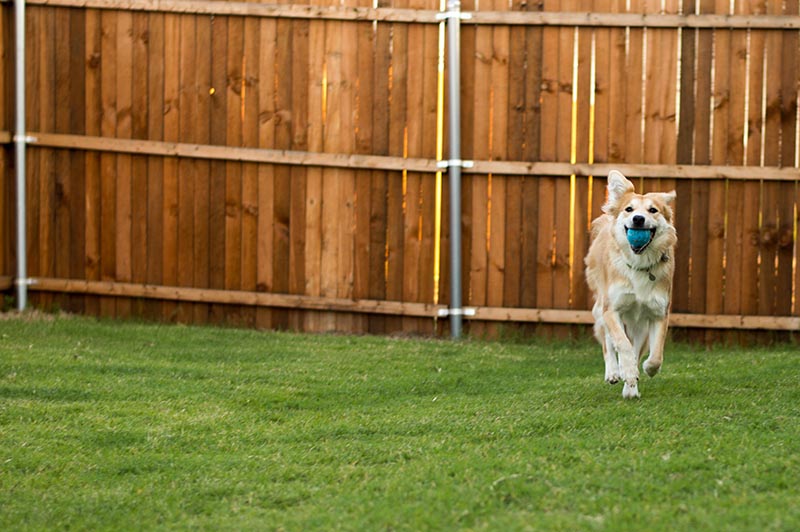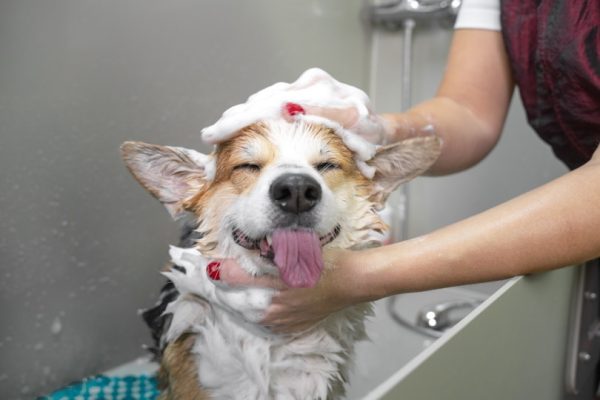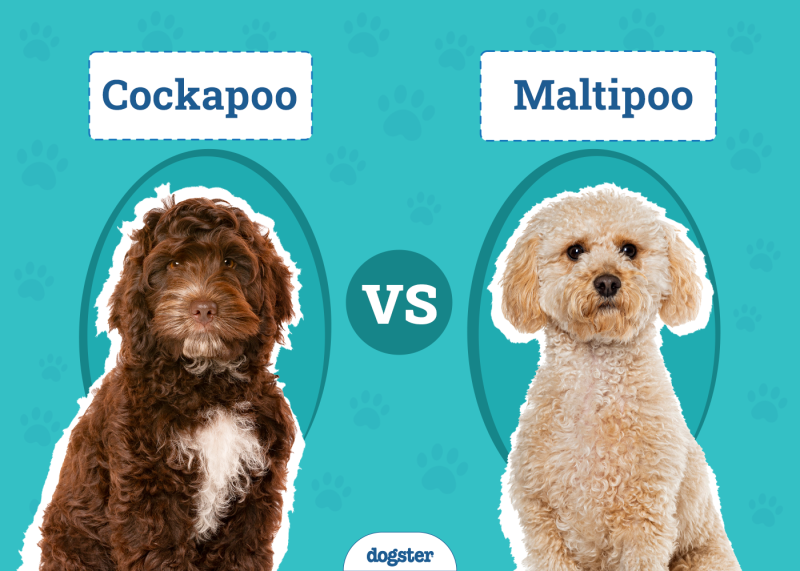In this article
View 2 More +Dogs love their home territories for various reasons. It’s where they get to eat without working for it, where they get to sleep in comfort, warmth, and safety, and where they get to spend time with their human companions. However, some canines also like to adventure and see what’s “out yonder,” so it’s common for them to escape their yards and explore what’s beyond the barriers.
You likely find it frustrating and worrisome that your dog keeps getting out, but fortunately, you can take steps to help prevent it from happening. We explore your options here.

Why Dogs Try to Escape Their Yards
You should first understand the reasons that some dogs tend to escape their yards so you can consider them when figuring out how to keep your own pup from escaping. Your pet might be escaping for one or more reasons:
- Loneliness/Boredom — Although it’s nice for a dog to roam around an open yard and get fresh air, they can get lonely or bored if left to their own devices for too long. They might decide to look for ways of escaping in an attempt to meet a new friend or find family members who are either in the house or away from the property. Don’t leave dogs alone in the yard for long periods of time, and walk them daily. The physical and mental exercise they get from walks means they are less likely to be bored when out in the yard.
- Enticement — Sometimes, food gets dropped on the sidewalk, a cat or wildlife passes by, or something bright and fun looking gets spotted. The dog behind the fence will do whatever they can to get to those enticements.
- Mating — If a dog has not been spayed or neutered, they might escape their yard in hopes of finding a mate to procreate with. This can happen after a dog reaches sexual maturity, which for many breeds is from about 6 months of age. Intact male dogs have an especially high drive to escape if they detect a nearby female in heat.
- Fear — Loud noises caused by things like lightning, fireworks, and backfiring cars can spook a dog and make them feel like they need to escape the yard to get to safety.

The 6 Tips to Keep Your Dog From Escaping Your Yard
As well as understanding and addressing the reasons your dog wants to escape, it’s important to modify your yard to make it more difficult for them to get out. Some options work better for certain situations than others, so it might take one or several of the following options to keep your pup in your yard.
1. Extend the Fence Height
You don’t have to rip out your current fence and have a taller one installed to keep your pup from finding ways to jump over. Instead, you can add a few feet of field fencing or something similar to the top of your current fence. Even a “faux” fence of chicken wire can be enough of a deterrent to keep your dog from trying to jump or climb over it. Making the extension tilt inward to the enclosed part of your yard will help ensure that your dog can’t get up and over it, even if they do try climbing.

2. Invest in a Coyote Roller
Coyote rollers are long, round bars that roll when installed on the top of a fence line. If a dog tries to jump or climb over the fence, the bar will start rolling toward them and they won’t be able to pick up any momentum. Coyote rollers can also help keep unwanted animals from getting into your yard and threatening your pup.
3. Enclose the Bottom of the Fence
If your dog is finding a way to squeeze underneath your fence to get out of the yard, you can enclose the bottom with chicken wire. Just attach the wire to the bottom of the fence, and cut it so you can either bury the bottom of the wire into the ground or you can fold it over (with the sharp ends rolled inwards) and lay large rocks or potted plants to hold it down.

4. Pour Concrete Under the Fence
Another way to keep your dog from digging under the fence and trying to escape is to pour concrete along and underneath the fence line until the bottom of the fence is embedded in it. That’s all it should take to stop any attempts at digging.
5. Block Views to the Outside World
Keep enticements to a minimum by blocking your dog’s view through the fence to the outside world. For chain-link fencing, painter’s plastic can be installed along the walls or place slats can be installed between all the holes of the fencing. Alternatively, you can install bamboo or reed fencing along a fence of any type using zip ties to cover the holes and other opportunities for viewing outside.

6. Install Padlocks
It’s a good idea to install a padlock on any gates that can be opened on your fence to ensure that they don’t accidentally get opened or that a neighbor doesn’t open them while you are away. Sometimes, a gate that isn’t properly latched or that has a loose latch can open if a dog jumps up on it. With padlocks in place, the gates will stay closed no matter what the latches do.

Always Be Prepared for Escapes From the Yard
Accidents happen, and despite your best intentions you should still be prepared for the possibility of your dog escaping from your yard. First, consider investing in a pet GPS tracker that can be attached to your dog’s collar. If they do escape, you can use the tracker to figure out where your pup went and retrieve them before any accidents or problems arise.
You should also think about what you’ll do if you can’t find your dog soon after they get out. Make sure you know the phone numbers of the local humane society and rescue organizations. Have a picture of your pup ready to use in case you need to create missing fliers to hang throughout your community. You should also talk to your neighbors so they know what to do if they see your dog outside alone.

Conclusion
Dogs can be excellent escape artists, so it is sometimes necessary to take steps that will discourage them from trying to get out and even stop them if they try. Hopefully, the tips and tricks outlined here will help make your yard less escapable and safer overall for your furry family member.
Featured Image Credit: alexei_tm, Shutterstock


















